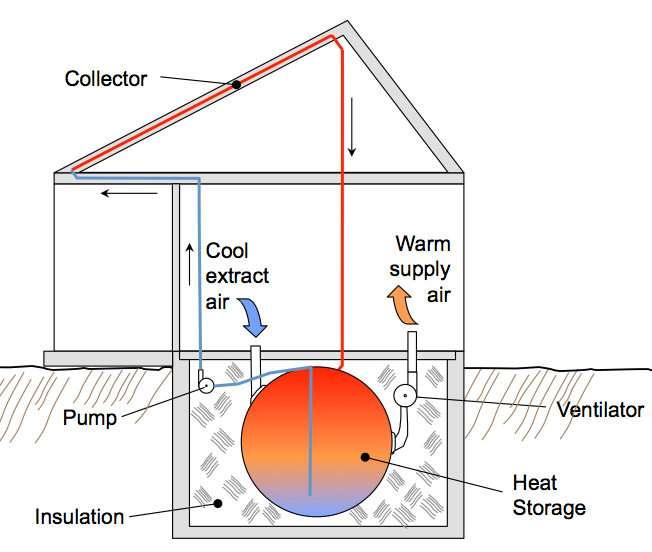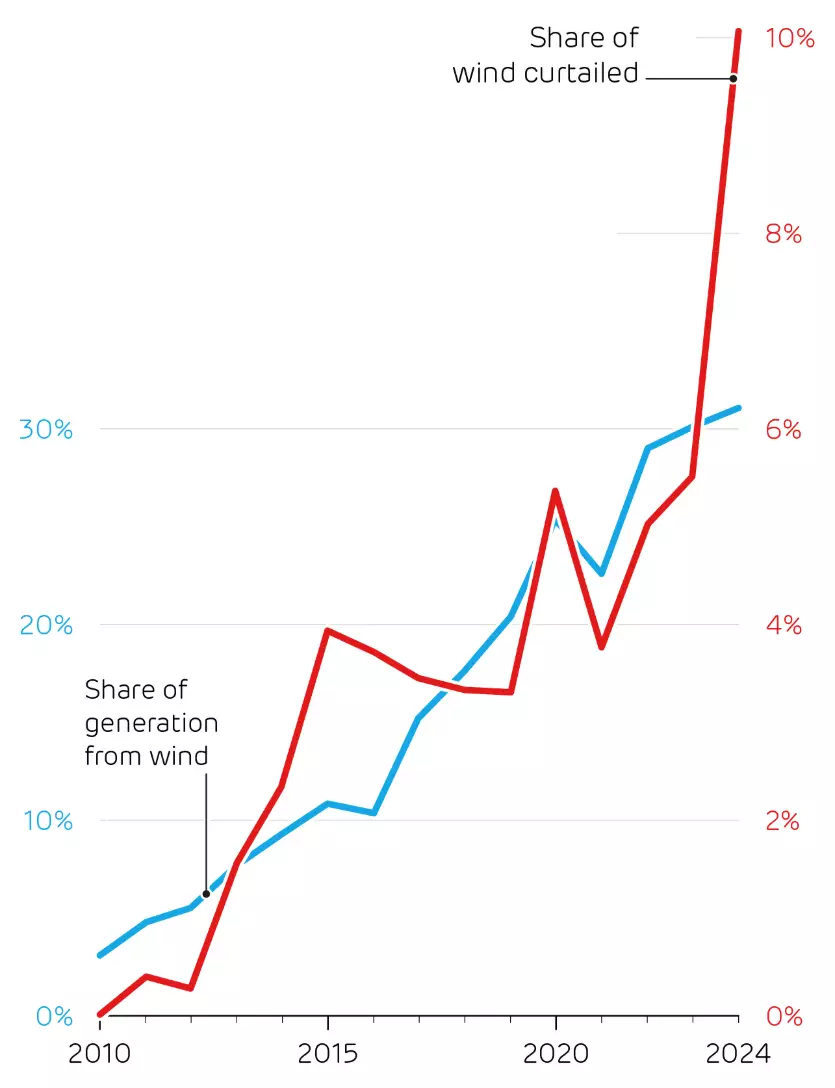Thermal Batteries Are Reshaping the Grid
By
Kiana Kazemi

Let’s get one thing out of the way: the grid wasn’t built for this.
Not for the massive growth in demand from data centers, a whole ale shift of homes from gas to electric, and record-breaking deployments of uber-cheap and clean - but variable output - renewables. We are seeing the results: plummeting prices in the middle of the day, curtailment of perfectly good power, and huge demand spikes as heat waves and heat pumps go head-to-head.
But that doesn’t mean the grid is broken. It means it needs backup — and not just the kind that kicks on when the lights go out. We’re talking about something smarter. More flexible. Less expensive. More like… thermal batteries.
What’s a thermal battery, anyway?
Unlike lithium-ion systems that store energy as electricity, thermal batteries store it as heat. They charge when electricity is cheap and abundant (think sunny afternoons or windy nights), and discharge that energy as heat when it's needed — sometimes for home use, or in other cases at industrial temperatures and for hours or even days. That’s huge.

The most headline-grabbing use cases are in heavy industry: chemicals, cement, steel. Sectors that have been notoriously hard to decarbonize because they need high, constant heat. But here’s where it gets even more interesting: thermal batteries don’t just help industry ditch fossil fuels. They help the grid itself make better use of the clean energy it’s already producing — and wasting.
Curtailment is a feature, not a bug
Across the central U.S., wind is being curtailed at record levels. In California, solar generation regularly outpaces demand in the middle of the day. In both cases, clean, zero-carbon electricity is going unused, not because we don’t want it, but because we don’t (yet) have a use for it.

Thermal batteries flip that problem into a solution. They act like sponges, soaking up the energy that would otherwise go to waste, and then releasing it when needed as usable heat. For manufacturers making use of industrial thermal batteries that means lower costs. For grid operators, it means less volatility, less strain, and more room to add even more renewables to the system.
What does this mean for homes? Enter: Harvest.
At Harvest, we’re bringing thermal energy storage into people’s homes — not with giant firebrick towers or industrial-scale heat tanks, but with compact, elegant systems that store hot water using the same principles. During the day, when solar is abundant and electricity is cheap, our system charges. At night (or whenever you need it!), it delivers heat and hot water without pulling from the grid. That means lower emissions, lower bills, and a more capable grid — all without sacrificing comfort.
We call it the Harvest Pod. It works with an air-to-water heat pump and a smart brain that knows when to charge, when to coast, and when to deliver heat with precision. It’s thermal storage that fits in a utility closet and plays nice with your utility bill. And in a world where peak demand charges are rising and load flexibility is becoming the new gold standard, that’s a big deal.
Big batteries are exciting. Smart batteries are essential.
What makes thermal storage powerful isn’t just how much energy it can hold — it’s when and how it delivers that energy. Harvest’s Pod can shift your entire home’s heating load away from the grid’s most expensive hours. In both cases, the tech provides the kind of demand flexibility the grid desperately needs.
Because let’s face it: adding more solar panels won’t solve curtailment. Building new transmission lines won’t happen fast enough. But storage that aligns with when people actually use energy — not just when it’s generated? That’s a lever we can pull now.
So what’s next?
More wind. More solar. More volatility. And yes, more thermal storage — in factories, in neighborhoods, and in homes like yours. The technologies are here. The use cases are proven. And if we play it right, we won’t just have a cleaner grid — we’ll have a smarter, more resilient one too.
Thermal batteries are no longer a science project. They’re a linchpin.
And at Harvest, we’re proud to be part of that shift.

.png)
.png)
.png)

.png)
.png)


.png)
.png)

.png)
.png)
.png)
.png)
.png)
.png)






.webp)




%20694x450.webp)

.webp)






